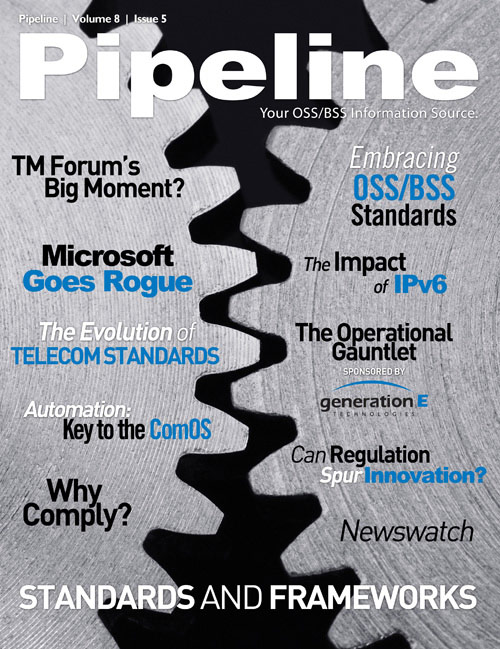As mentioned above, the move to an open standards process was motivated by a desire to reduce the costs of standards development, in part by broadening the base of companies providing resources. Aside from paying membership dues, companies that wish to participate must send their tech experts to numerous standards meetings. When the salary and T&L costs are factored in, the cost of participating in standards is often several orders of magnitude higher than the membership dues that are assessed by each standards committee.
While the world of telecom standards has changed dramatically, the reasons that companies participate in standards remains the same. These reasons can be boiled down to the following key concepts: strategic advantage, allocation of resources, identification of competitors and partners, and information transfer.
Strategic Advantage: Standards affect companies in different ways, depending on whether you are an incumbent with well-entrenched offerings or a startup with a “game changer” technology. In the case of an incumbent, following the development of a technology standard not only applies to new business opportunities but also protecting an old business. If you are a carrier (or vendor) that buys (or sells) say, multimillion dollar equipment and a new vendor comes along with a box based on a new technology that provides comparable features for a fraction of the price, you now have a vested interest in that technology standard.


Allocation of Resources: The standards arena is often characterized as a horse race between competing technologies. It is also a voluntary process, whose progress is wholly dependent on the resources that member companies devote to the process. If your competitor pours on the resources to double the number of technical contributions to accelerate the incorporation of their specific technologies into developing standards, you need to know that so you can respond, either by devoting more resources yourself or by taking some other course of action.
Early Identification of Potential Partners and Competitors: For a company engaged in standards, an important factor is not only identifying your competitors, but identifying potential partners to help achieve your business goals. As much as possible, companies seek partners that possess the clout and political networking skills that can get things done within the organization.
A key point is that the best technology does not always “win the race.” The “winners” are the companies that have the best business plan and who establish the partnerships necessary for bringing a specification to fruition.
Information Transfer: Most companies participate in standards to transfer information in two directions. Companies submit technical contributions to standards bodies in order to ensure that developed standards are based as much as possible on the architecture and technology that supports their business model and operations. Conversely, a company’s product and/or service developers need to know about the latest standards to ensure that their products are services will support or conform to the standards that being standardized by the industry, which is increasingly a requirement that buyers demand. Thus, this information transfer requires information that is comprehensive, timely and well-organized. Information must also be tailored for different audiences within a company. For example, the person who attends the standards meeting, the tech expert or developer in the lab, the corporate standards manager who deploys internal resources on technology development, and the senior executive who oversees multiple departments, all access and interpret information in various ways.










